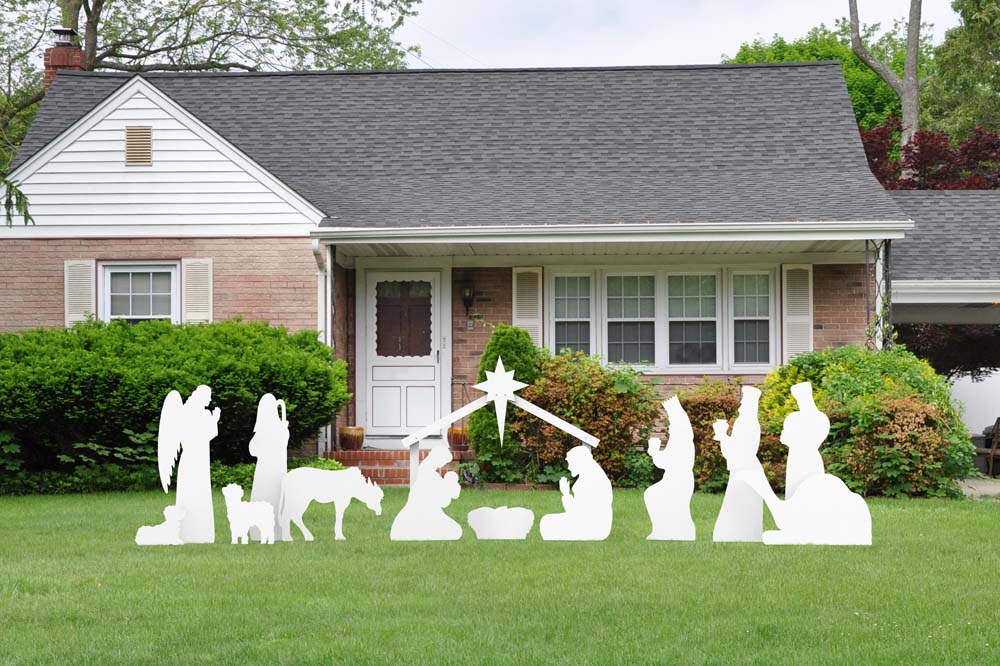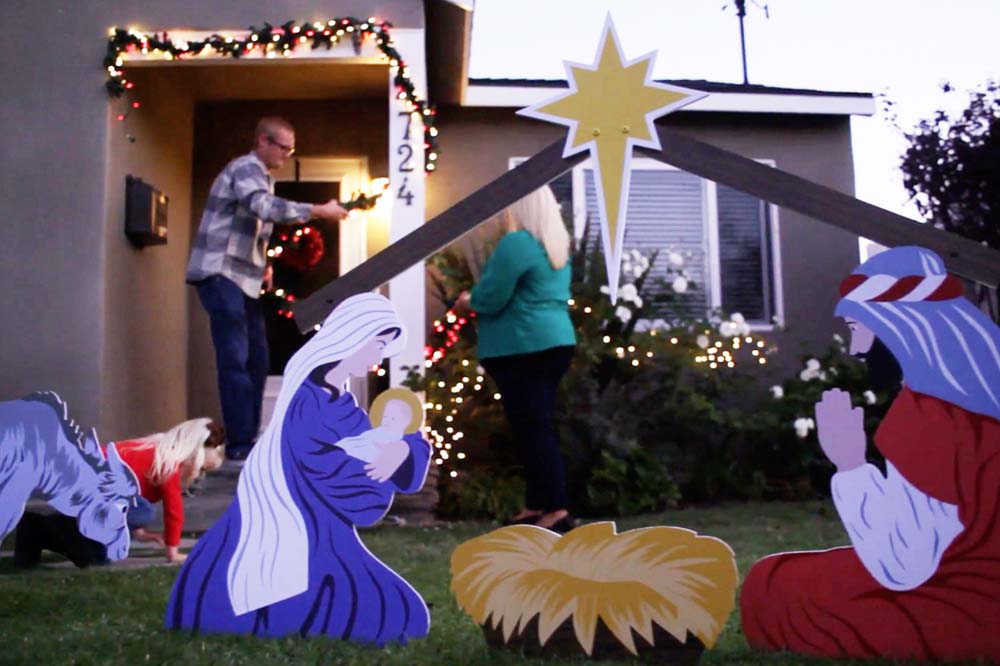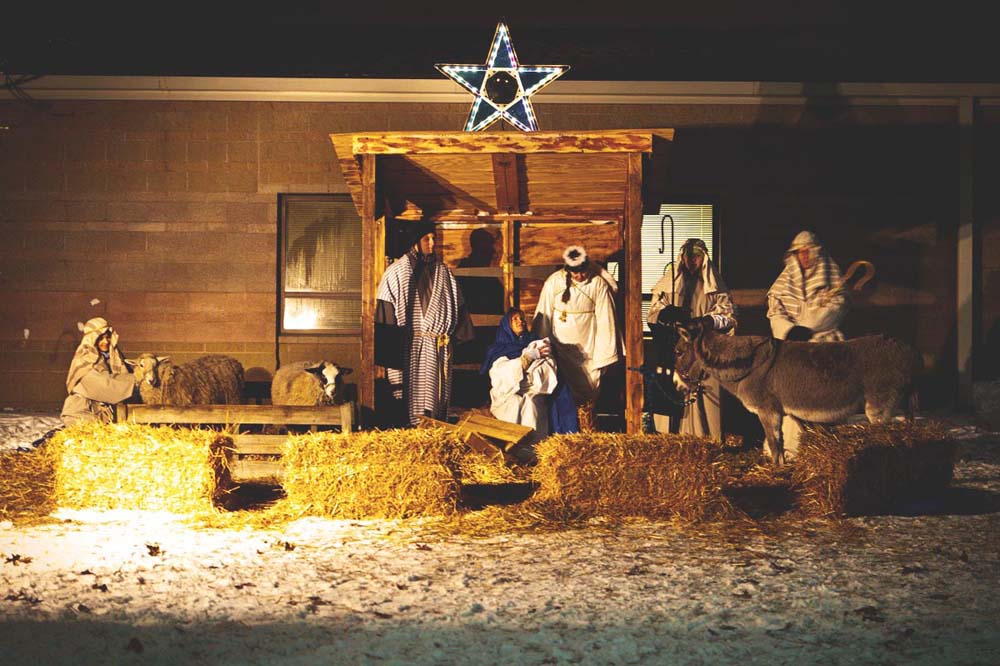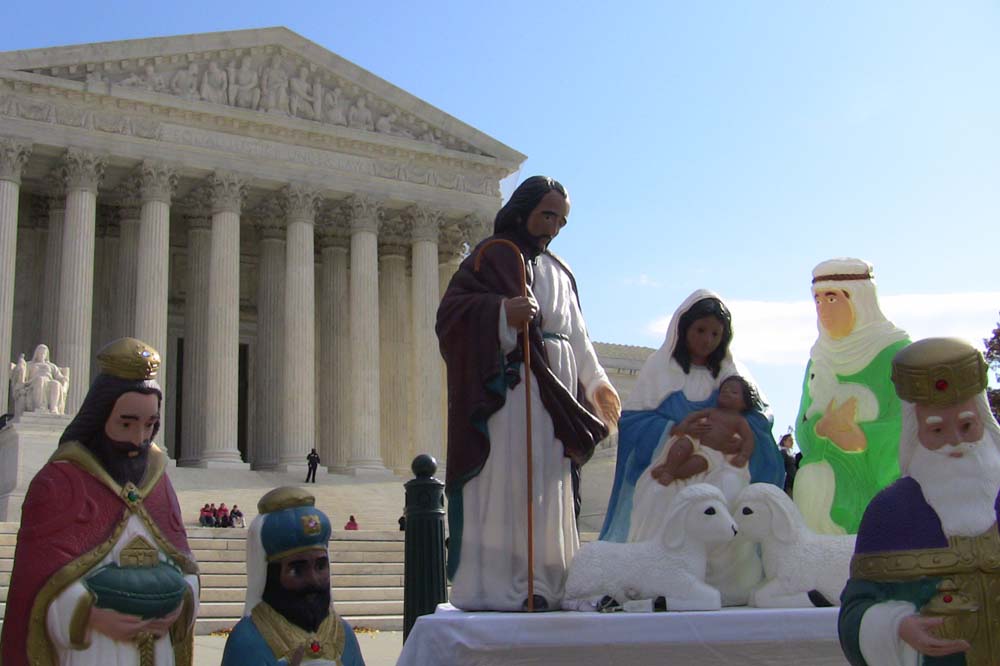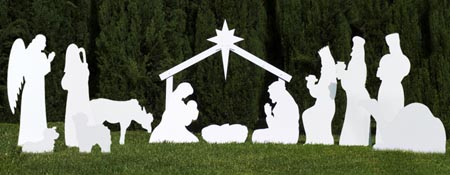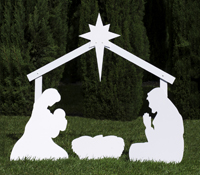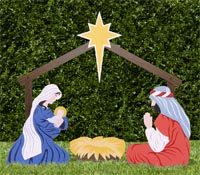The History of Live Nativities: From Sacrilegious Plays to Beloved Tradition
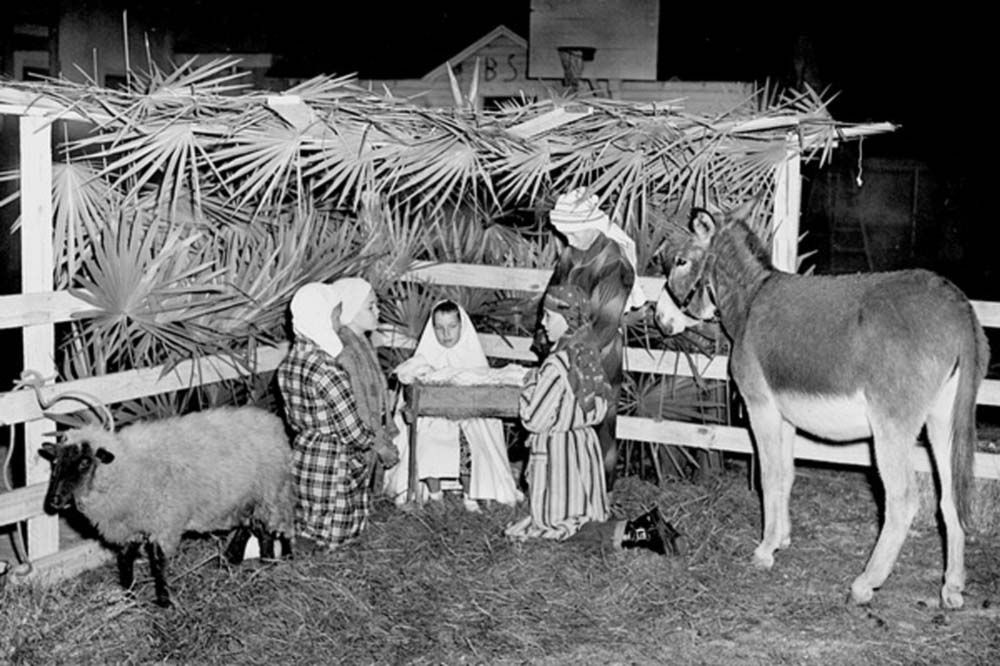
Although live dramatizations of the Nativity were popular during the Middle Ages, they began to decline in popularity by the end of the era. One reason was that Church authorities denounced the humor that was sometimes added into the presentations.
In addition, Protestant Reformers disapproved of theatrical performances in general. In England, for example, the Puritans classified plays as sacrilegious.
However, the tradition of the mystery and miracle plays continued in countries such as Spain and Italy. In fact, Spanish missionaries introduced them to the New World, using simple staged presentations as a way to teach Christianity to the native people.
Two examples of these nativity plays survive today and have become Christmas traditions in Central America, Mexico, and parts of the American Southwest. Los Pastores is the story of the shepherds’ pilgrimage to see Baby Jesus, and Las Posadas dramatizes Mary and Joseph’s search for lodging in Bethlehem.
In modern times, many European countries either have re-established the tradition of a live nativity presentation or have continued the practice unabated. In some countries during a Christmas Eve Mass, a priest carries a statue of the infant Jesus in a musical procession and then places it in a manger set up for the occasion. Some churches place statues of the three Magi at a place distant from the manger and then move them a little closer to the manger each service until Epiphany.
In modern America, many churches present nativity plays, or Christmas pageants, during the month of December. These dramatic presentations are similar in certain respects to the Medieval nativity plays. They involve music and recitation just like the medieval plays did, and they involve physical representations of the Holy Family and the other people and animals that were there at the time of Christ’s birth.
Schools and churches in both the U.S. and the United Kingdom often stage live nativities as part of their children’s program. Children play the parts of both people and animals in many of these presentations.
The play, The Best Christmas Pageant Ever, by Barbara Robinson, which was first professionally produced by the Seattle Children’s Theatre in 1982 and later made into a movie, is a comic look at the behind-the-scenes efforts that go into these nativity plays.
Other modern churches stage walk-through live nativities with age-appropriate casting and live animals. Some of these presentations feature several stations where visitors can see different parts of the story of Christ’s birth, such as the Inn at Bethlehem, the shepherds tending their flock and the stable where Jesus was born.
Churches offer these events, often combined with Christmas music and refreshments after the tour, free to the public as a way of sharing the good news of the birth of Jesus.
Sources
www.historiavivens.eu/2/nativity_and_nativity_cribs_1143145.html
www.encyclopedia2.thefreedictionary.com/nativity+plays


